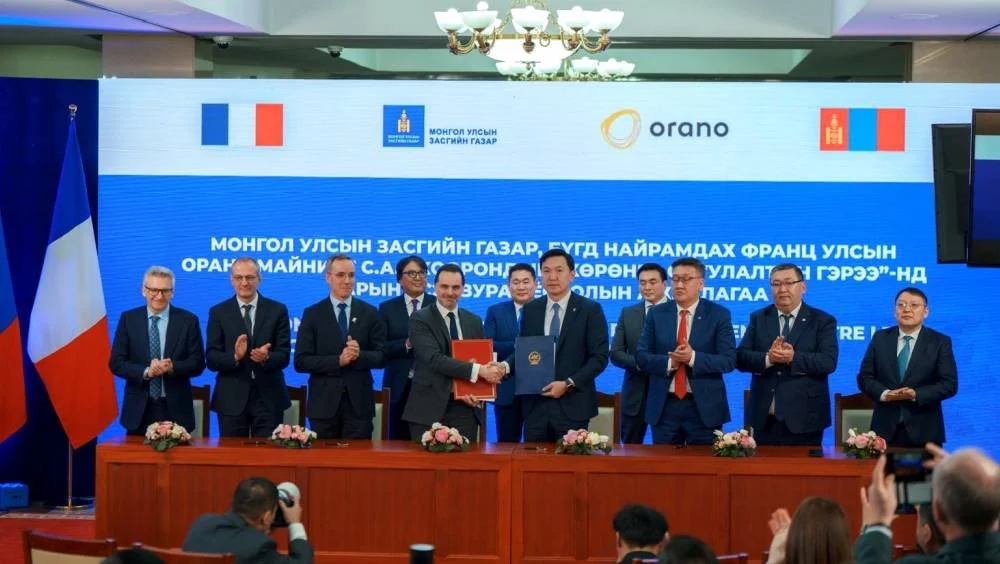
Launch of the Mongolia–France Uranium Project
With a 25-year presence in Mongolia, Orano has built strong and lasting ties in the country. In 2021 and 2022, the company successfully deployed an industrial pilot at the Zuuvch-Ovoo site, confirming the economic, environmental, and societal feasibility of the project. This initiative is led by Badrakh Energy, a joint venture between Orano Mining and MonAtom, Mongolia’s state-owned mining company.
A major milestone was reached on October 12, 2023, with the signing of a Protocol for the development and operation of a uranium mining project in Mongolia. The ceremony took place at the Elysée Palace in Paris, in the presence of French President Emmanuel Macron and Mongolian President Ukhnaagiin Khürelsükh. This Protocol laid the foundation for an investment agreement that was officially signed on January 17, 2025.
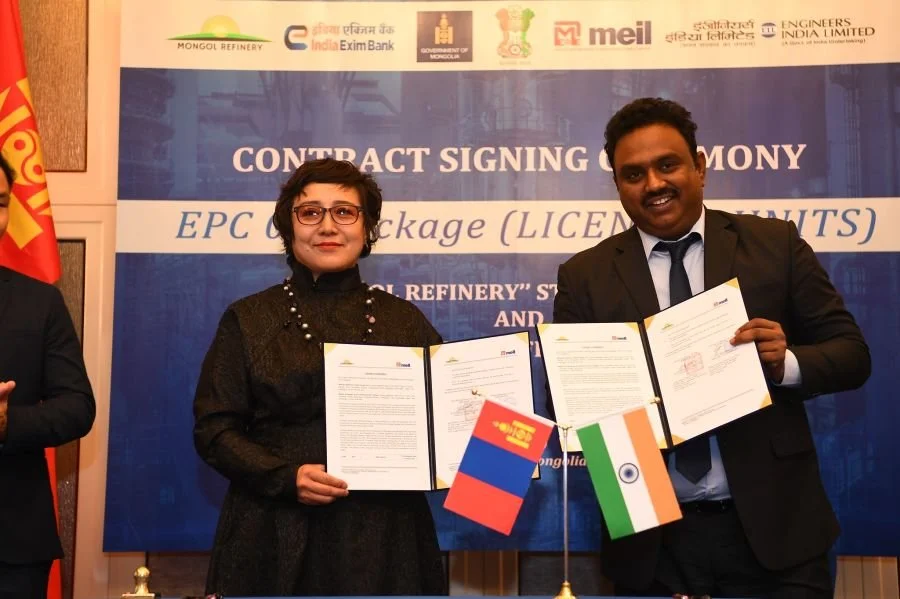
First Oil Refinery Plant of Mongolia: Engineering, Procurement, and Construction Contract
The construction of Mongolia’s first oil refinery, located in Altanshireet soum, Dornogobi aimag, is progressing steadily. Financed by a USD 1.7 billion soft loan from the Government of India, the refinery will process 1.5 million tons of crude oil per year.
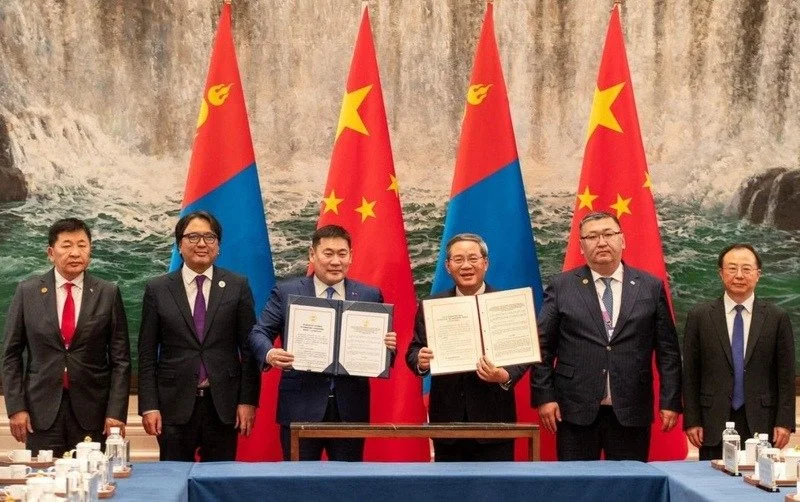
Transformative Rail Project to Strengthen Mongolia’s Energy Export Capacity
On February 14, 2025 Mongolia and China have officially signed the Agreement on the Establishment of the Gashuunsukhait–Gantsmod Cross-Border Railway, marking a pivotal moment in bilateral infrastructure cooperation. This agreement concludes more than two decades of discussions and over 60 negotiation rounds since the project was first proposed in 2004.out commence par une idée.
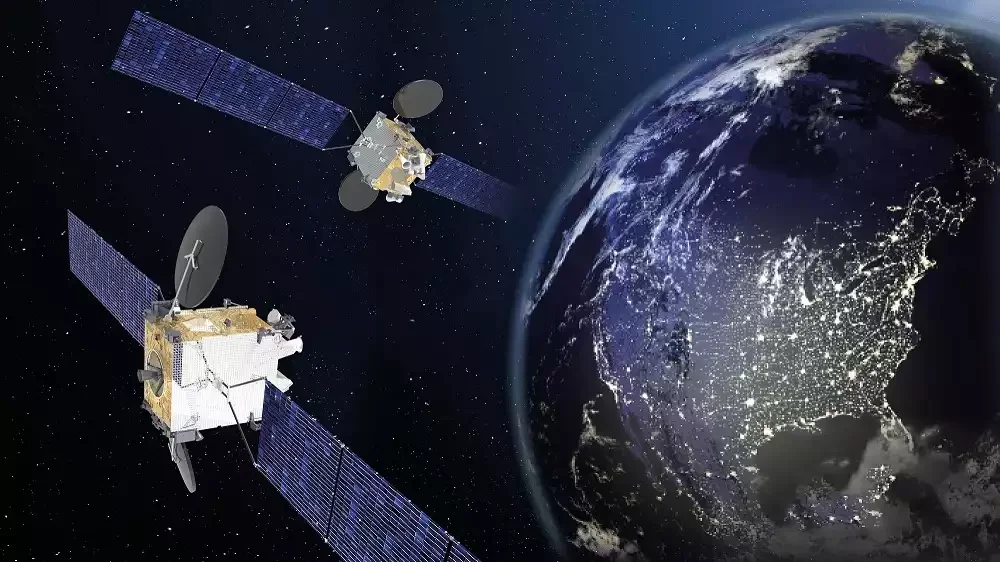
France and Mongolia Launch National Satellite Project to Boost Connectivity and Strategic Cooperation
As part of the official state visit of Mongolian President Ukhnaagiin Khürelsükh to France, on 13 October, 2023 a major agreement has been signed between the Mongolian Ministry of Digital Development and Communications and Thales Alenia Space for the construction of Mongolia’s first national satellite telecommunications system.
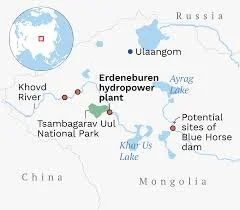
Erdeneburen Hydroelectric Power Plant Project – Project Overview
The Erdeneburen Hydroelectric Power Plant project, owned by the Government of Mongolia, involves the construction and operation of a 90 MW hydroelectric facility designed to generate approximately 366 GWh of electricity annually. This strategic infrastructure aims to fully and reliably meet the electricity demand of Mongolia’s western region starting from 2027, significantly improving energy security and regional supply.